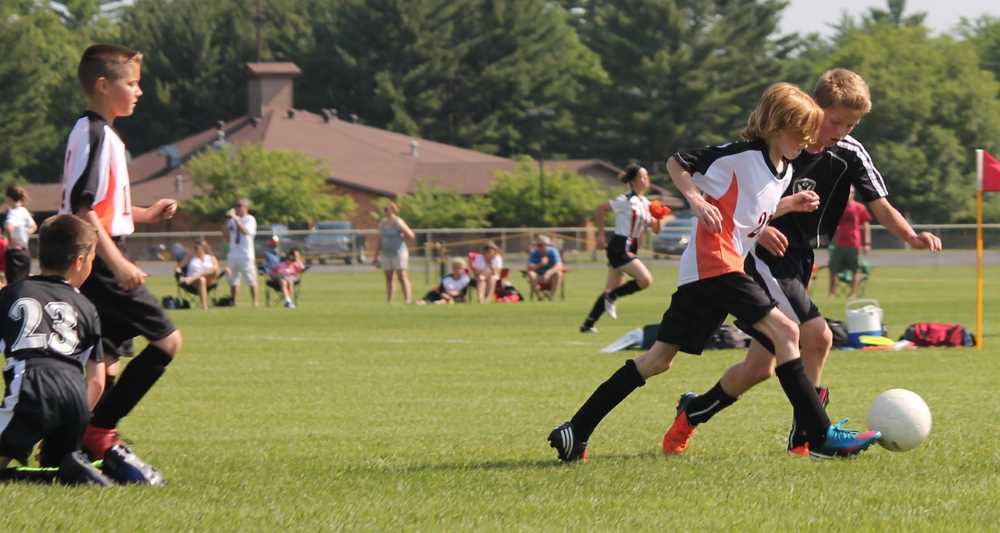The Serious Science Behind Kids, Sports, and Puberty
As students head back to school, we're not just talking academics—sports are on the syllabus too, and for good reason! Recent groundbreaking research reveals that the pace of physical maturation during puberty could be a game-changer in identifying future sports stars.

As students gear up for another academic year, the spotlight isn't just on textbooks and technology; it's also on their holistic well-being. Health is not an isolated component, but an integral part of a child's development, particularly interlinked with their learning journey. Sports, often considered extracurricular, can be pivotal in shaping not just their physical attributes but also their behavioral traits, cognitive skills, and social interactions.
Sports activities offer a range of benefits, from increased aerobic endurance and physical strength to better mental health and resilience. Engaging in sports at a young age can also prevent a host of risky behaviors, such as drug use or excessive screen time, as it offers a constructive outlet for energy and emotions. In essence, sports can be considered not merely as an activity but as a tool for comprehensive development.




